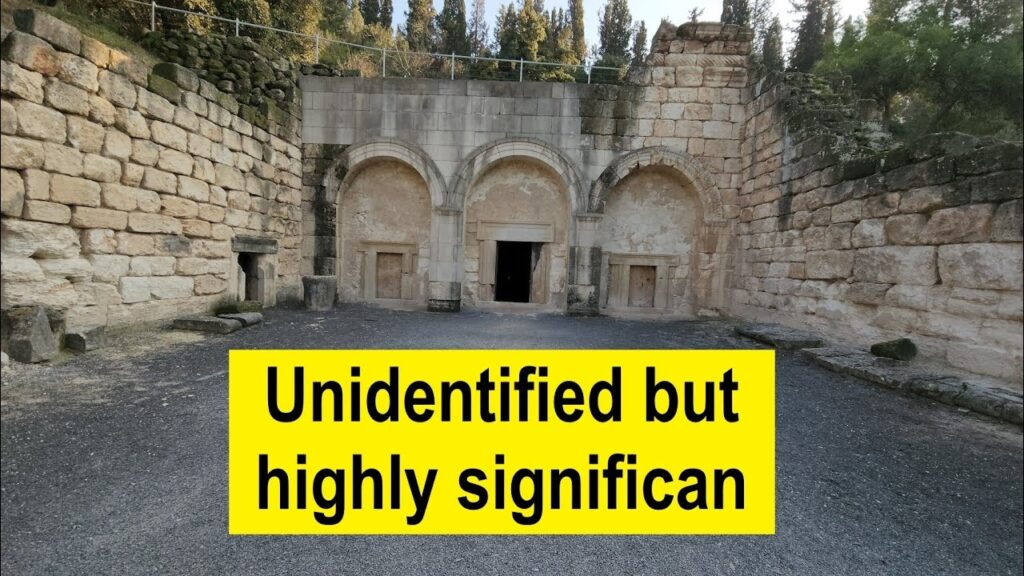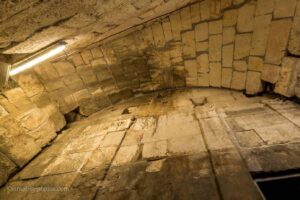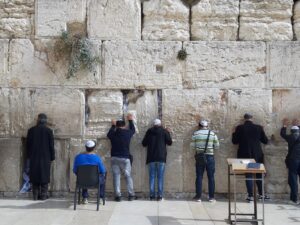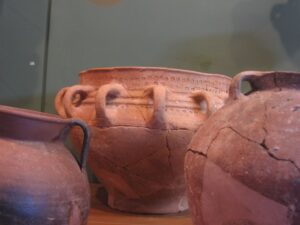Beit She’arim National Park: A Journey Through Ancient Jewish Burial Caves
Nestled in the serene landscapes of Lower Galilee, Beit She’arim National Park offers a fascinating glimpse into ancient Jewish history. This archaeological site, renowned for its extensive burial caves, is a testament to the rich cultural and religious heritage of the Jewish people. Whether you’re a history enthusiast or simply looking for a unique day trip, Beit She’arim promises an enriching experience.
Exploring the Burial Caves
The main attraction at Beit She’arim is undoubtedly its network of burial caves. These catacombs, carved into the soft limestone hills, served as a necropolis for the Jewish community during the Roman period. As you wander through the dimly lit passages, you’ll encounter intricately carved sarcophagi and inscriptions in Hebrew, Greek, and Aramaic. The artwork and symbols etched into the stone tell stories of the past, offering insights into the beliefs and customs of ancient Jewish society. The caves are well-preserved, allowing visitors to step back in time and imagine the lives of those who once inhabited this region.
A Glimpse into History
Beit She’arim holds a significant place in Jewish history. Established in the 2nd century CE, it became a prominent center for Jewish learning and burial. The site gained prominence under the leadership of Rabbi Judah the Prince, a key figure in Jewish history who compiled the Mishnah, a foundational text of Jewish law. After his death, Beit She’arim became a favored burial site for Jews from across the Roman Empire, seeking to be laid to rest near the revered Rabbi. This historical context adds depth to the experience, as visitors can appreciate the site’s importance in the broader narrative of Jewish history.
Practical Information for First-Time Visitors
Getting to Beit She’arim National Park is relatively straightforward. The park is located near the town of Kiryat Tivon, approximately 20 kilometers southeast of Haifa. If you’re driving, take Route 75 and follow the signs to the park. Public transportation options are also available, with buses running from major cities like Haifa and Tel Aviv. Once you arrive, the park offers ample parking and visitor facilities, including restrooms and a small café.
For those visiting for the first time, it’s advisable to wear comfortable shoes, as exploring the caves involves some walking and uneven terrain. The park is open year-round, but visiting during the cooler months is recommended to avoid the summer heat. Guided tours are available and provide valuable insights into the site’s history and significance. Don’t forget to bring a camera to capture the stunning views of the Galilee landscape and the intricate details of the burial caves.
Interesting Facts
- Beit She’arim was declared a UNESCO World Heritage Site in 2015, recognizing its cultural and historical significance.
- The site contains over 30 burial caves, each with unique carvings and inscriptions.
- The name “Beit She’arim” translates to “House of Gates,” reflecting its historical role as a gateway for Jewish burial practices.
Whether you’re drawn by the allure of ancient history or the beauty of the Galilean countryside, Beit She’arim National Park offers a memorable experience. Its burial caves stand as silent witnesses to a rich and vibrant past, inviting visitors to explore and reflect on the enduring legacy of Jewish culture.








